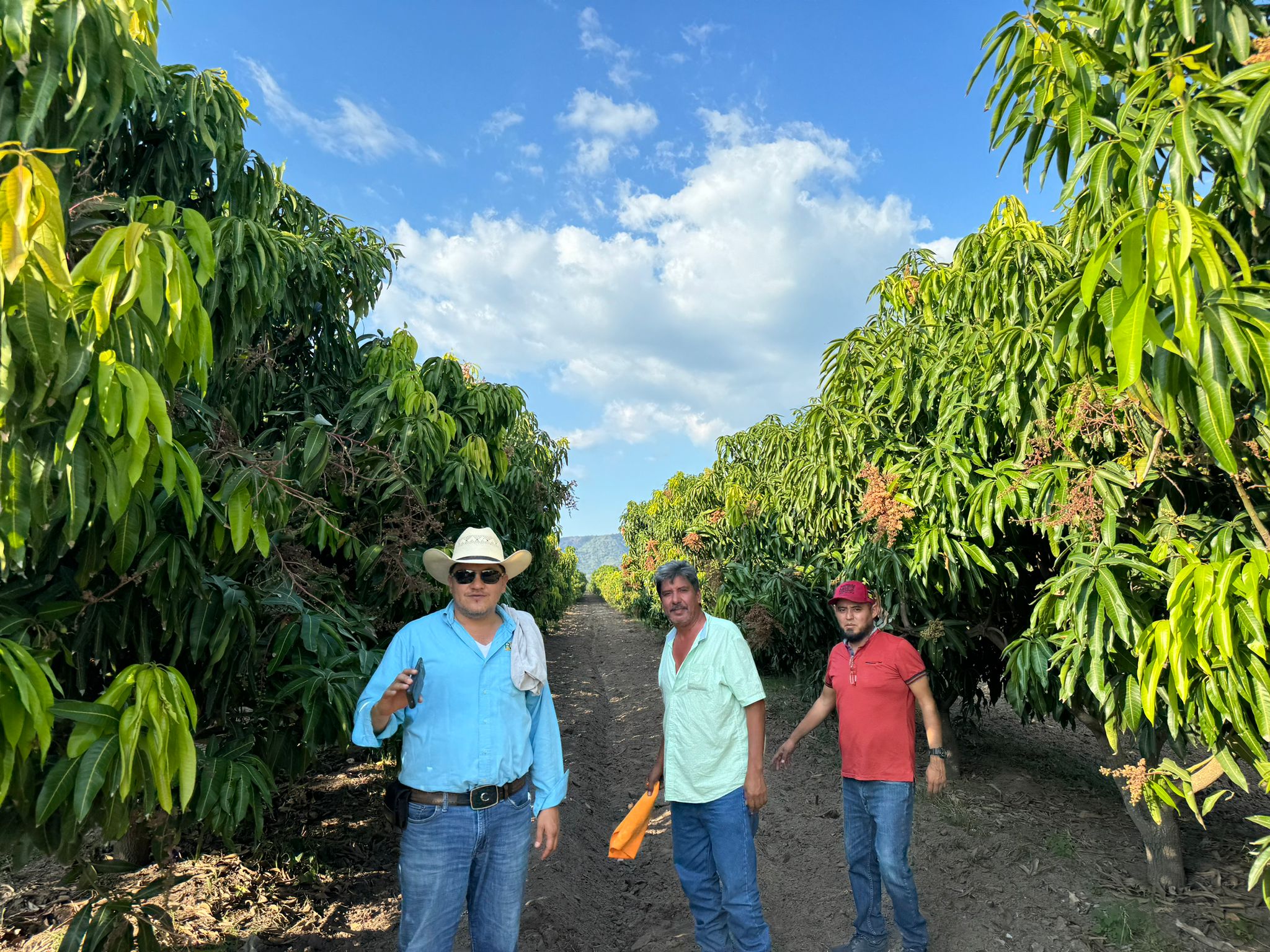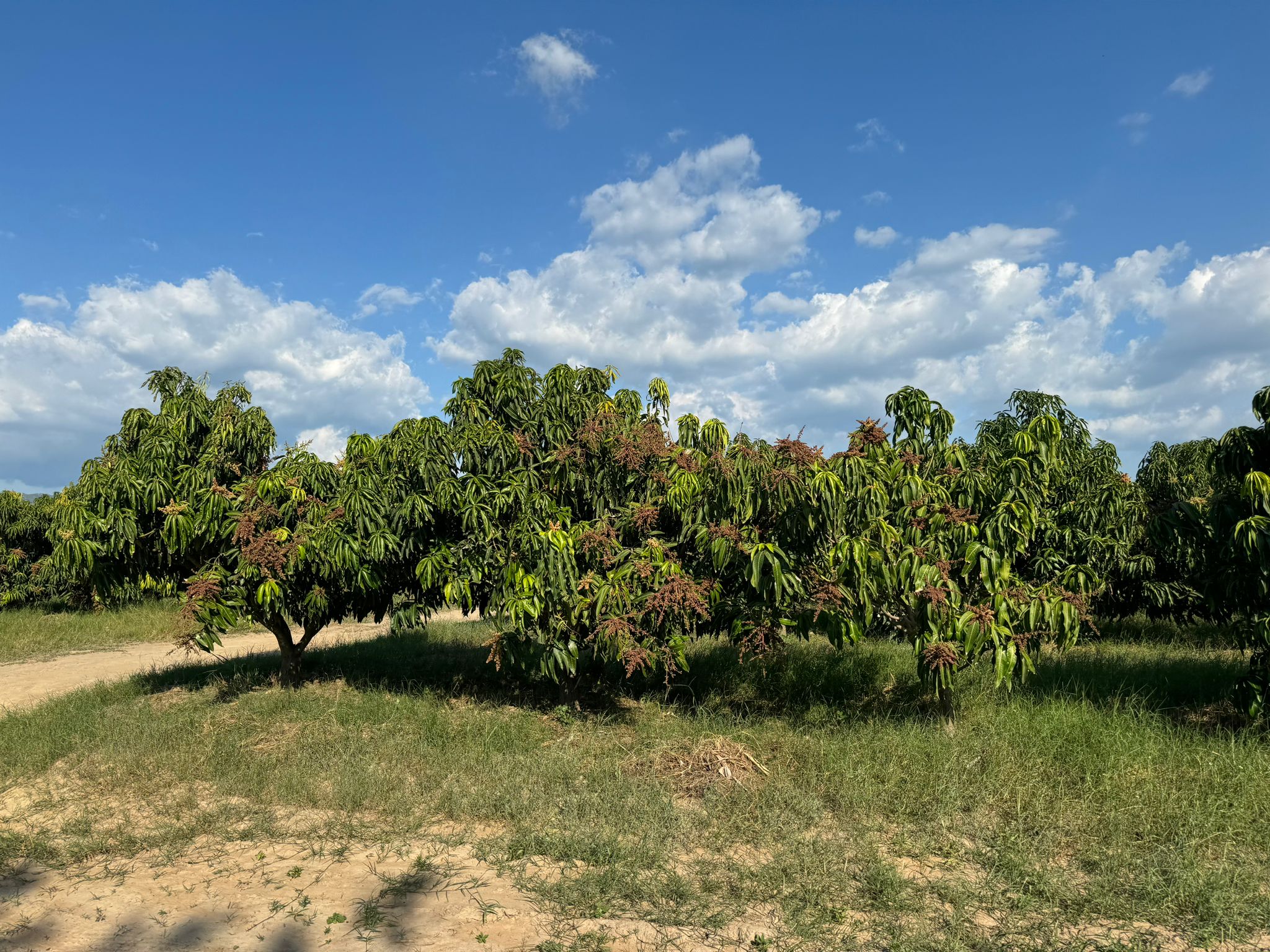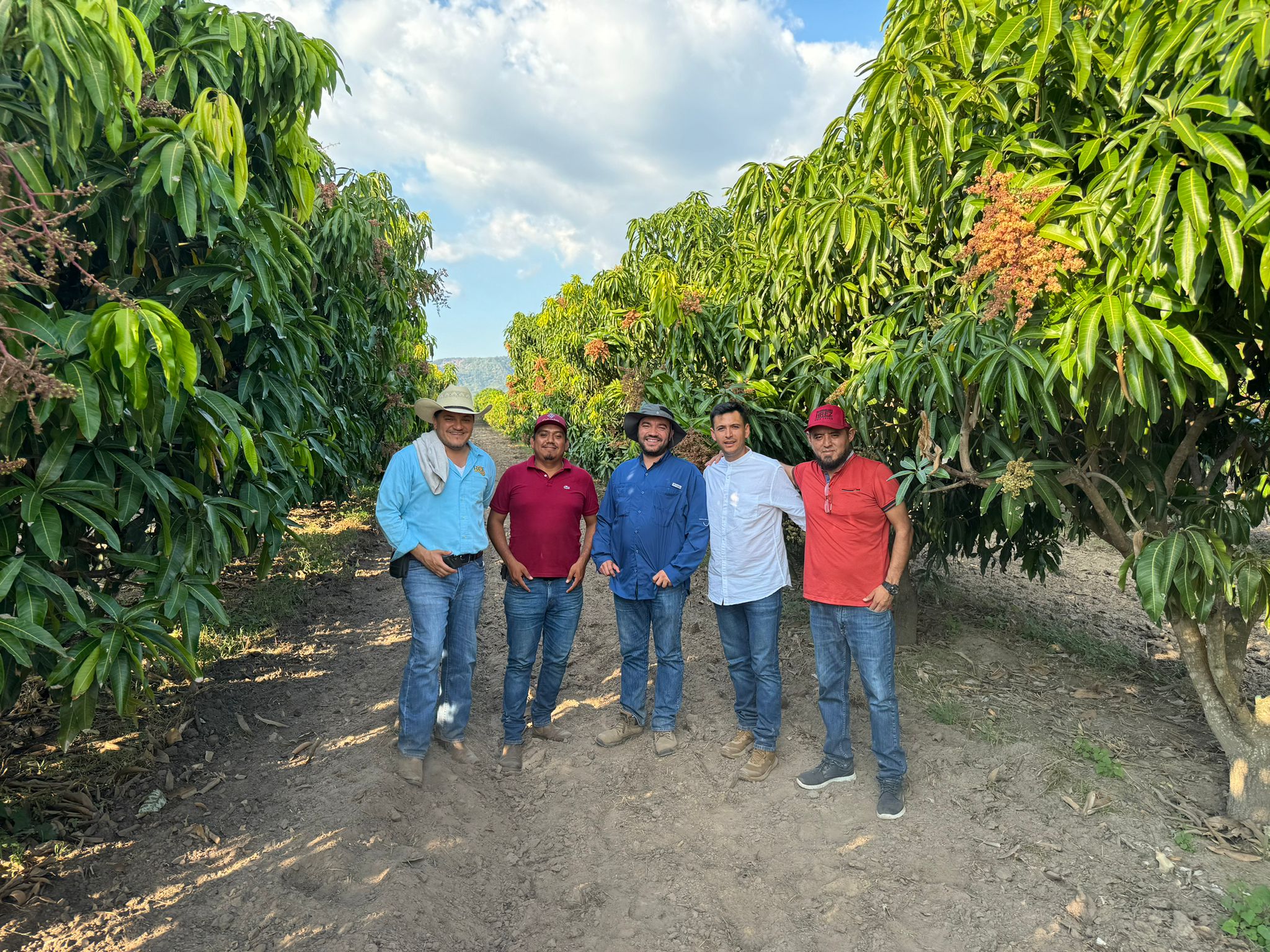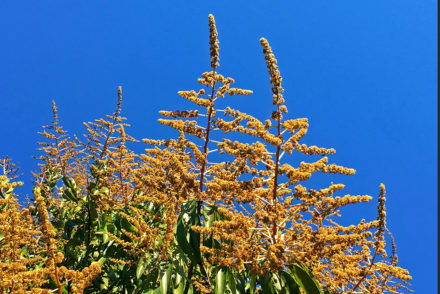A Thanksgiving Mexican mango crop update & overview
The upcoming two months hold significant importance in relation to weather conditions and their impact on the early Mexican mango crop in Oaxaca and Chiapas. These months will greatly influence our final crop expectations and overall outlook. It is currently too early to make definitive predictions. However, during the two months preceding fruit bloom, set and formation (as discussed in a previous post “MANGO BLOOMS WOW” also available visually on YouTube), our focus intensifies. This period is vital for closely monitoring weather patterns, orchard health, and other developments, marking the initial steps in formulating a clearer understanding of the upcoming season.
In terms of what is happening now on the ground in Oaxaca, the first region for harvest, there have been notable instances of heavy rains. While not entirely abnormal, these downpours, if sufficiently intense, can strip off blossoms and damage newly forming fruit. This phenomenon has been observed, particularly in the local mango crops grown in the state of Guerrero where most the earliest fruit was destroyed by Hurricane Otis.
In Oaxaca heavy rain has also led to issues such as bloom loss and damage to early-forming fruit. These effects are anticipated to impact the earliest fruit yields, resulting in smaller quantities. Compounding the problem, the rains have induced a pause in bloom, affecting the ongoing flowering in some orchards. This is expected to create gaps in fruit production, varying by orchard, particularly for the earliest fruit expected in late January and early February. Having a significant volume or orchards, like EL Grupo Crespo has, will be pivotal to exporter success in the early season.
The outlook for February and March fruit will be contingent on the extent of bloom and fruit formation in the coming weeks. By early December, more information will be available to provide a clearer picture of the initial months of the Mexican mango season. It’s crucial to note that weather patterns, especially in early January, can play a crucial role and change everything quickly. Until we actually butt up closer to harvest we just never know. Climate change is so powerful these days and makes crop predictions very difficult.
I do find it particularly valuable at this two-month threshold to not just offer a current crop status update, focusing on the present early-stage developments, general weather conditions, and initial conjectures based on the available information coming direct from the orchards, but to provide a general comprehensive reminder and review of the early Mexican regions general characteristics.
Important insights like when the season typically begins, the initial varieties, their geographical locations, and the overall progression pattern. Such detailed information helps all of us better plan and manage expectations as we navigate the upcoming season.
The Oaxacan season typically begins in late January, with Chiapas following suit in early February; both regions usually extend their seasons until late April. It’s essential to note that both organic and conventional fruit kick off simultaneously, challenging past perceptions that conventional starts first. Organic and conventional orchards produce on the same timeframe, conventional volumes often surpass organic ones. Packhouses dealing with substantial conventional volumes tend to open earlier due to the larger quantities. El Grupo Crespo ships organic fruit right from the season’s onset. Our packhouses handle large volumes of both conventional and organic mangoes allowing us to ship both on the same trucks and initiating both organic and conventional seasons at Mexico’s season onset.
The Ataulfo mangoes start first, generally in late January. Round mangoes typically begin about three weeks to a month later. When the Mexican mango season starts, its only Ataulfos. A critical piece of information in the Ataulfo early scene is that some exporters begin harvest too early, often starting a week or two earlier than us. This is a bad practice, resulting in Ataulfos in retail that are immature and too green, lacking the full potential to ripen properly or hit optimal sweetness. In contrast we avoid such practices. Ataulfos, unlike round mangoes, are bitter when green, and consumers, especially first-time Ataulfo eaters trying green Ataulfos, may be deterred from making future purchases. Given our substantial Ataulfo program, we see how important the begging is and are committed to delivering fully ripe and sweet Ataulfos without compromising on quality. It is an incredibly long season, so starting off well makes a lot of difference.
Round mangoes typically commence their season in early March, with production gaining momentum towards the end of the month. However, there are micro-regions, particularly in Chiapas, where early fruit is present. In these regions, we have several orchards dedicated to early crops, and we anticipate having a limited supply of fruit as early as February.
It’s important to note that start dates can vary by a week or two depending on weather conditions. When referencing start dates, clarity is crucial, similar to time zones. If the start date pertains to the orchard or packhouse level, an additional week should be factored in. This accounts for the time it takes to ship and cross the US border, considering the approximately 2700-mile journey. Replenishing supplies in the early part of the season is a delicate process, requiring not only significant volumes of fruit but also a robust Mexican logistics approach.
The initiation of the Mexican season is often challenging due to the initial scarcity of fruit. It takes time for large portions of orchards to commence production and fill the Mexican pipeline. This season’s start in Mexico will begin with a pipeline that is notably empty, exacerbated by Peruvian organic imports being 60-70% less than the usual volume.
Remember everything can change between now and the start!











No Comments